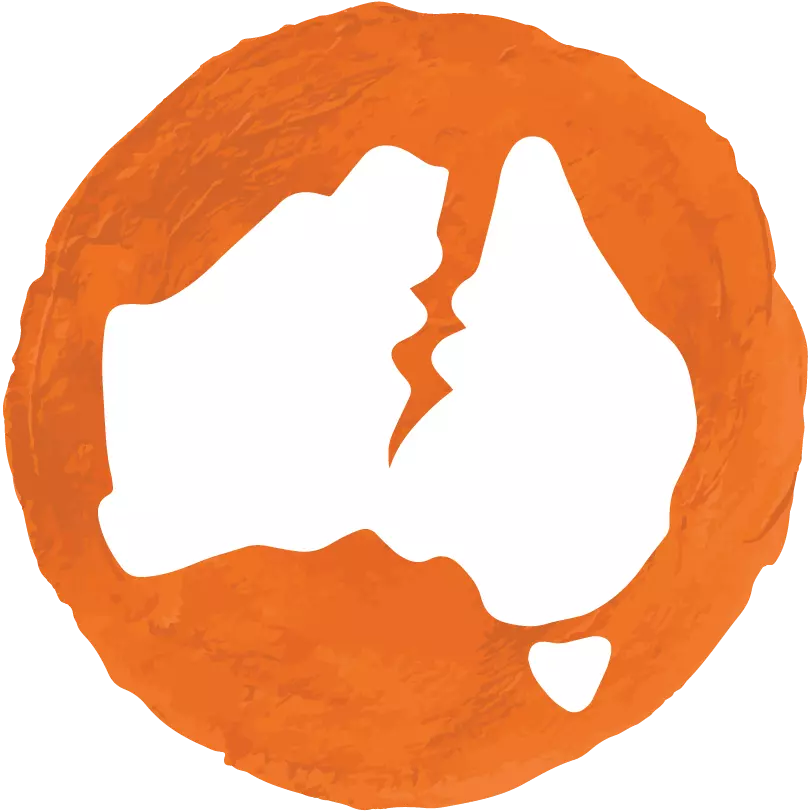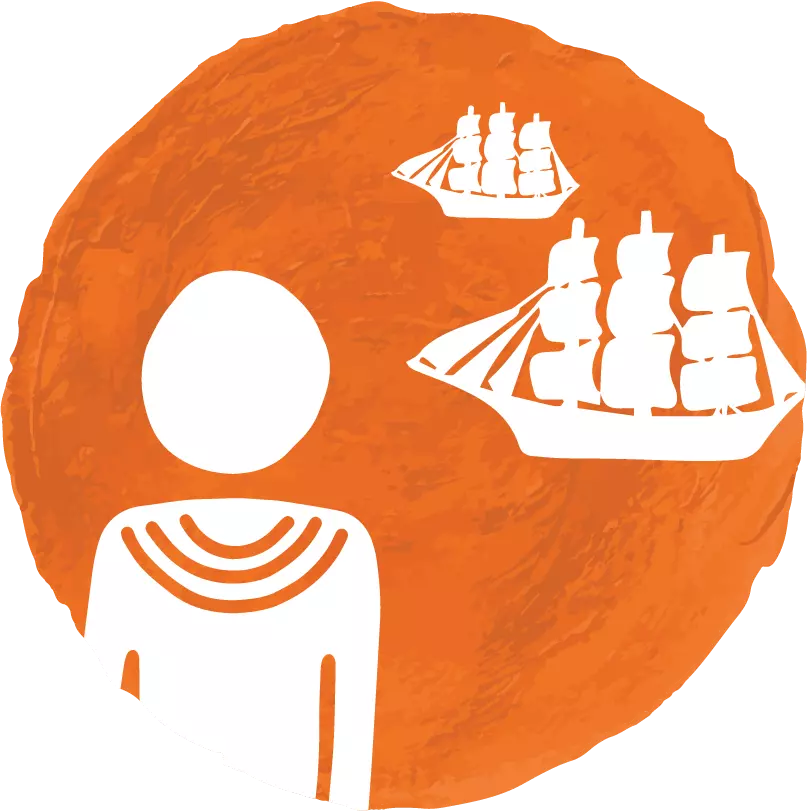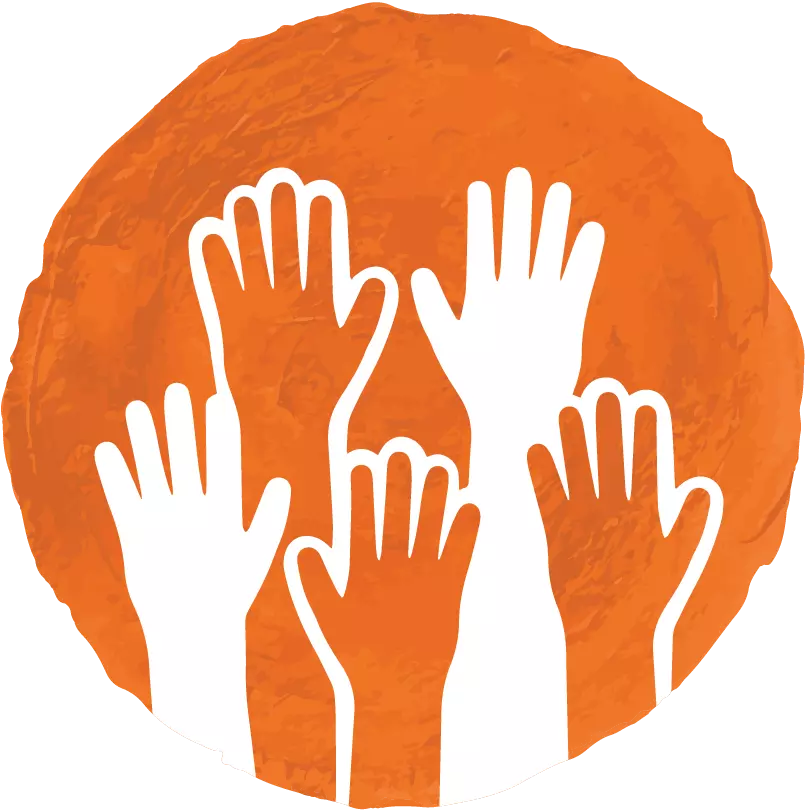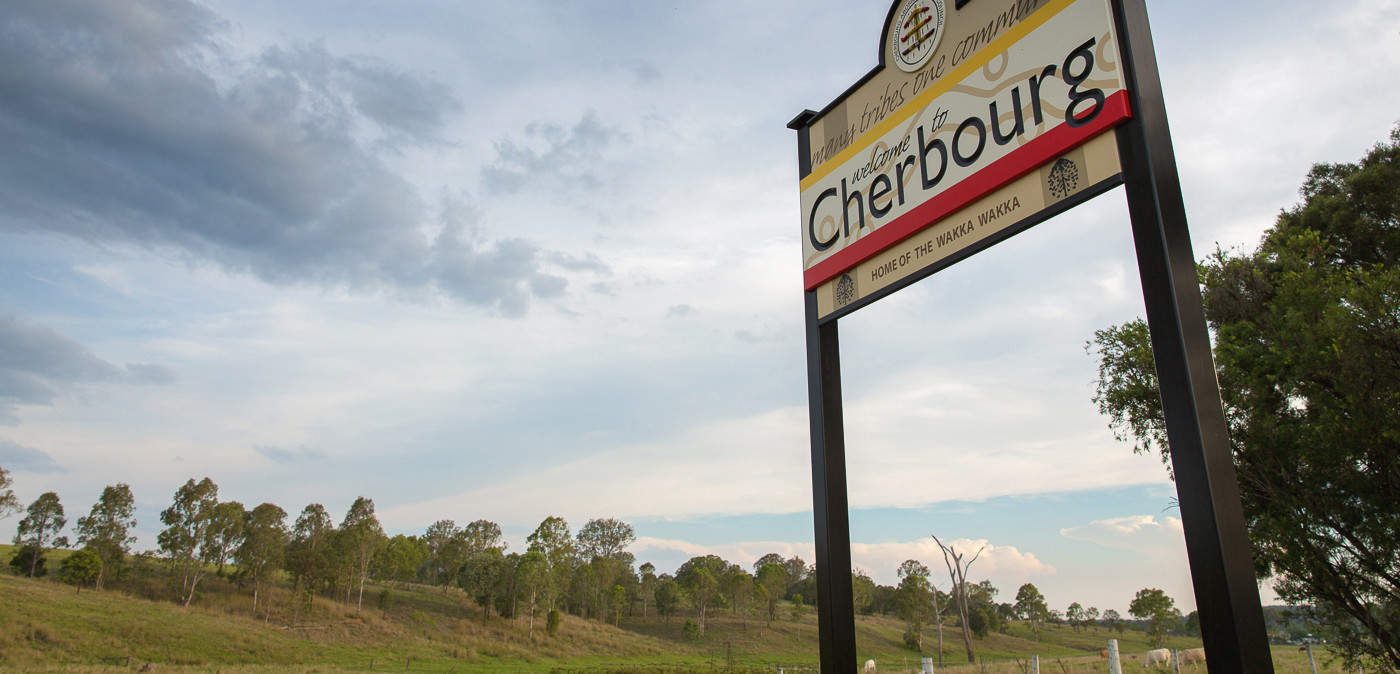Iris remembers a man arriving at her home on Cherbourg Reserve when she was 12 years old. He announced that in 2 days, a truck would arrive to take Iris, her mother and siblings to a house in the community.
Iris recalls her mothers’ tears when the man refused her request to wait until Iris’ father returned from work the following week. “I couldn’t imagine what my father felt coming home to an empty house that was his home,” she says sadly. “You were just expected to accept it because you’re under the act of the Queensland government.”
“I couldn’t imagine what my father felt coming home to an empty house that was his home”
Living under 'The Act'
In the late 19th and early 20th centuries, Australian governments introduced legislation to regulate the lives of many Indigenous people. This legislation is commonly referred to as the 'protection Act' because its stated intention was to 'protect' Indigenous people. The Act was enforced by ‘protectors’, who were often police officers.
This information has been sourced from Unfinished Business: Indigenous Stolen Wages, the report of the Inquiry into Stolen Wages by the Senate Legal and Constitutional References Committee in 2006.
About Cherbourg Reserve
Cherbourg Reserve was established on Wakka Wakka country in 1900 by a member of the Salvation Army. Originally known as Barambah, Cherbourg was was handed to the Queensland government in 1905.
Almost every aspect of life at Cherbourg was highly controlled. The Superintendent had authority over whether people entered or left the reserve, where they lived, who they lived with, where they worked and who they married. The threat of being further separated from family or removed to other communities (such as the penal reserve on Palm Island) was used as another form of social control.
Living conditions and facilities at Cherbourg were very poor and there was a very high death rate in the early years. Despite this, the population continued to grow due to the forced removals of Indigenous people from other areas across the state.
Not only was the act of removal from country traumatic in itself, but removing someone from their traditional land meant removing that person from their source of meaning and identity. Not only were people forcibly removed from their own land, but at Cherbourg many of their children were further removed from their families to be brought up in dormitories.
This information has been sourced from Bambrick, H. 2003, Landscapes and Legacies: Cherbourg past to present, a thesis submitted for the degree of Doctor of Philosophy of The Australian National University.
Dormitories vs ‘the camp’
Cherbourg had a dormitory system for children and for single women. Children living in the dormitories were usually orphans or children whose parents were considered unable to care for them. The dormitory system in Cherbourg remained operational until the 1970s.
In the later years of the settlement, the majority of children in Cherbourg grew up outside the dormitory system with their families, at 'top camp’. These families had greater independence than those living in the dormitories, and the children had more freedom. Some of the camp families had small cottages, and many kept chickens and grew their own fruit and vegetables. From the 1950s, the camp houses were subject to weekly inspections by the Department of Aboriginal Affairs.
This information has been sourced from Bambrick, H. 2003, Landscapes and Legacies: Cherbourg past to present, a thesis submitted for the degree of Doctor of Philosophy of The Australian National University.

 The Wound
The Wound
 Our History
Our History
 Why Me?
Why Me?
 Our Cultures
Our Cultures
 My Response
My Response





